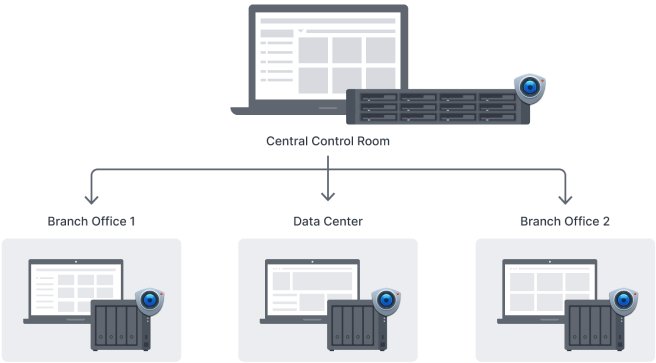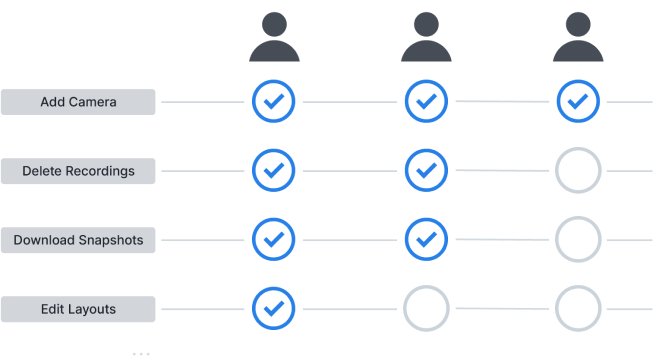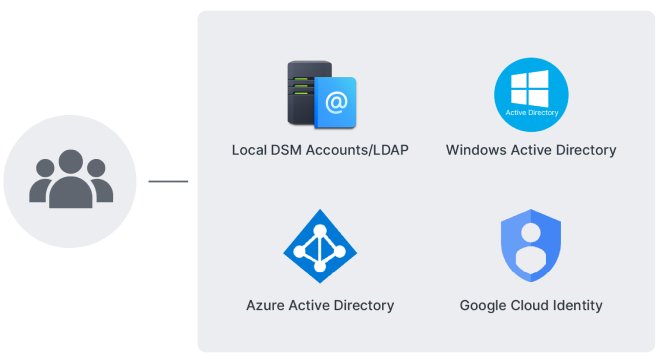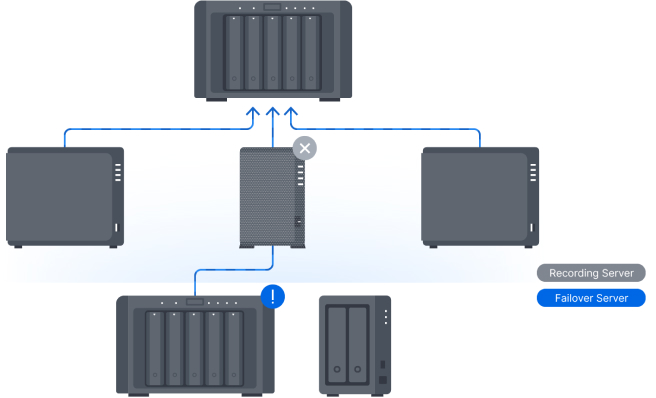As the surveillance market continues to expand rapidly, businesses are faced with an overwhelming array of options from numerous vendors. Choosing the most suitable surveillance solution for their unique needs and requirements can prove to be a daunting task. Given that surveillance systems are often long-term investments lasting for decades, it’s crucial for businesses to consider all aspects carefully.
Based on our experience assisting hundreds of thousands of businesses deploy surveillance systems, we have identified six common factors that are often overlooked when selecting a video surveillance solution, but which can cause headaches and require costly additional investments down the line.
1. Camera compatibility
When selecting a video management system (VMS), camera compatibility should be a top priority as insufficient compatibility can result in vendor lock-in, severely limiting future expansion and upgrade options, and potentially leading to significantly higher long-term costs. An ideal VMS should support the ONVIF protocol, which provides users with more camera options, greater flexibility, and enhanced security.
It is also crucial to consider the frequency of compatibility updates. Choose a vendor that regularly updates its compatibility list, with quarterly updates being the standard to ensure compatibility with new cameras being rolled out.
2. A functional dashboard
An intuitive and functional dashboard is an essential factor to consider when choosing a VMS. Security personnel need quick access to vital information such as live video feeds, recordings, camera layouts, and event notifications in order to take immediate action when an emergency arises. Not all VMS have the ability to present this important information on a single dashboard, potentially resulting in longer response times when emergencies occur.
3. Cross-site centralized management
As businesses expand, their VMS should be able to scale in line with their growing needs. One crucial feature is the ability to monitor and manage multiple sites from one central location. This capability streamlines the management process and provides businesses with a unified view of their security operations.

4. Permissions management
Effective permissions management is a critical aspect of video surveillance that can help prevent data breaches and unauthorized access. An ideal VMS should support object-oriented permissions management, allowing administrators to assign granular camera, footage, and system permissions to individual users. This feature ensures that only authorized personnel can access the system and sensitive data, mitigating the risk of breaches and data theft.
In large organizations with multiple locations and cameras, having access to role delegation is crucial. This feature allows administrators to quickly assign specific responsibilities to different users while limiting their access to other system features.

Support for integration with an organization’s existing identity management solution, whether Windows AD or LDAP-based, is also critical for a VMS. Proper integration streamlines permissions management, reduces the risk of data breaches, and helps safeguard the privacy and security of both individuals and the organization as a whole.

5. Failover support
When selecting a surveillance VMS, it’s crucial to consider built-in failover options that can help ensure uninterrupted operations. Failover support allows for automatic switching to a backup server in the event of a failure, preventing downtime and costly system failures. Businesses should compare failover policies such as 1+1 and N+M to determine what solution would be most cost-effective for their needs. Proper planning of failover support and policies from the outset can save businesses significant costs associated with downtime and system failures.

6. Long-term costs
Understanding total cost of ownership when comparing surveillance solutions is crucial to avoid being blindsided by unplanned operation and service costs. Although many people are aware that the expenses associated with owning a video surveillance system extend beyond the initial cost, they may be surprised to discover that the total expenses related to running and maintaining on-premises video surveillance technology can be a multiple of the cost of the system’s initial purchase price, especially if storage servers are involved.
Making the right choice for your needs
To make an informed decision and select a surveillance solution that meets your business’s specific needs and budget constraints, it’s crucial to carefully consider the factors discussed above. Taking the time to evaluate these factors can help ensure that you choose the most suitable solution for your business.
Introducing Synology Surveillance Station
Synology Surveillance Station is a comprehensive and scalable video management system with official compatibility with over 8,300 cameras from 140+ brands. It also supports a wide range of cameras through ONVIF, RTSP, and generic APIs from camera manufacturers. The system allows centralized management for up to 10,000 cameras across multiple sites, with built-in failover options, high-availability support, and fine-grained privilege management.
